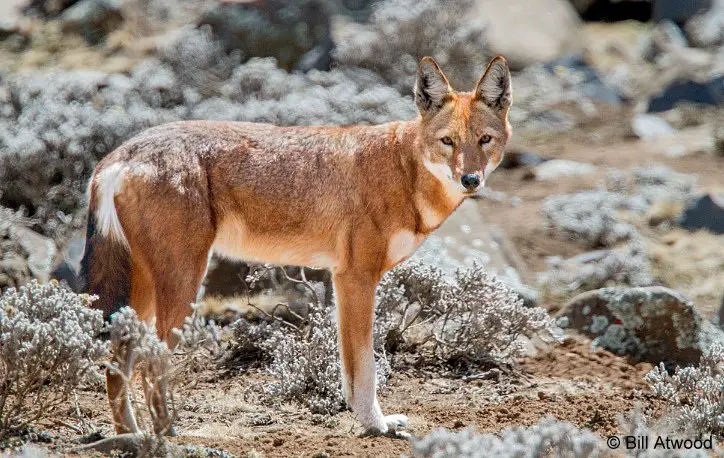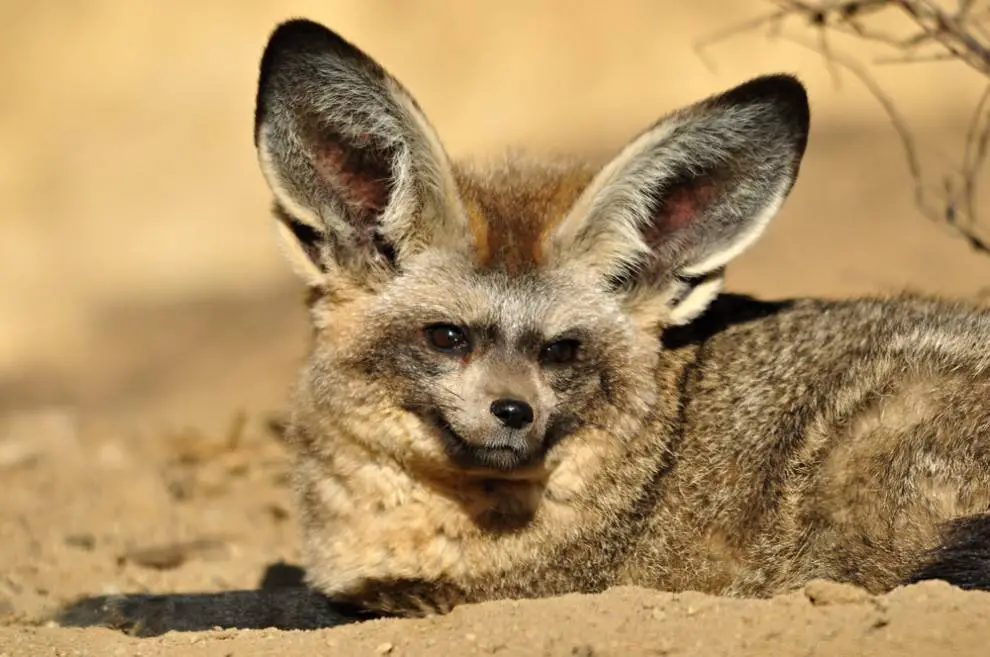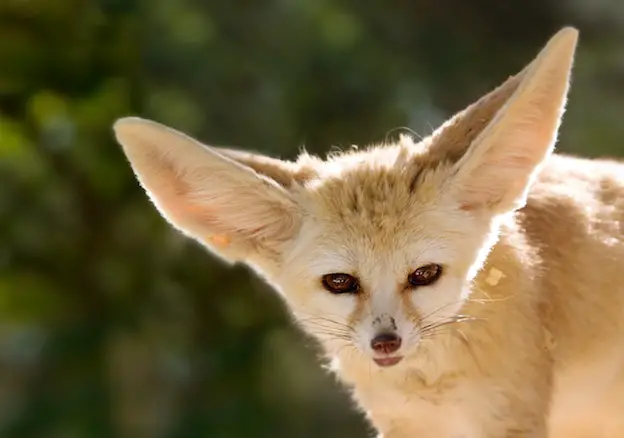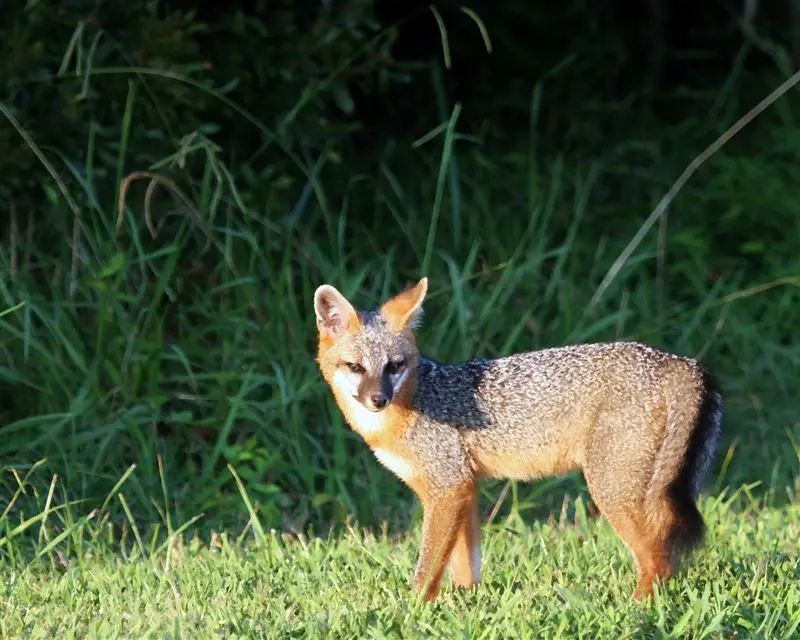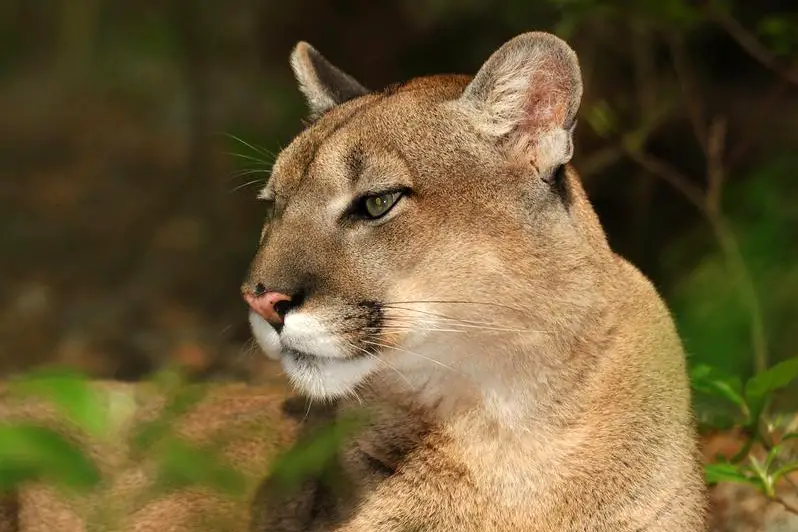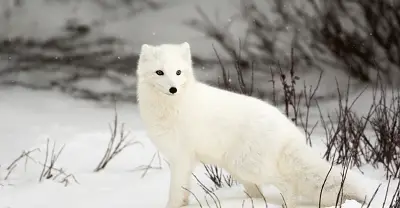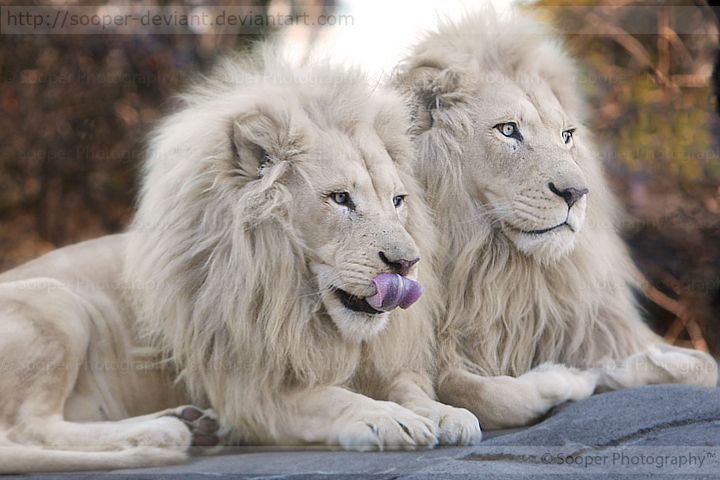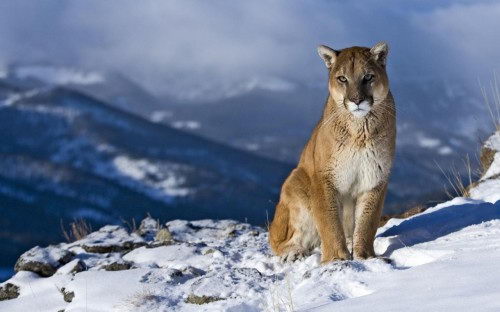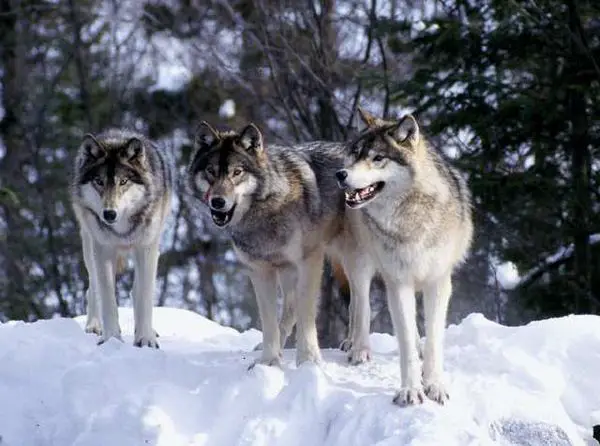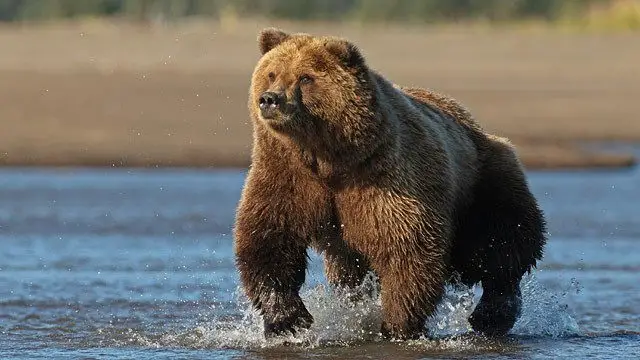Category: Carnivora (Meat Eating Mammals)
-
Ethiopian Wolf Facts | Anatomy, Diet, Habitat, Behavior
The Ethiopian wolf (Canis simensis) is the rarest of the canids. It is the most vulnerable wolf species. Although it is a medium-size mammal yet it survives mainly on small rodents. They occur in the Ethiopian Highlands. There are less than 500 Ethiopian wolves remaining in the wild. They make habitats at high altitudes of…
Written by
-
Bat Eared Fox Facts | Anatomy, Diet, Habitat, Behavior
The bat eared fox (Otocyon megalotis) typically inhabits the savanna of Africa. It is an insectivorous animal. True to its name, the fox’s bat-like ears distinguish it from the rest of the canids. It is also called ‘big-eared fox’ and ‘black eared fox’. It is thought to have first appeared around 800,000 years ago somewhere…
Written by
-
Fennec Fox Facts | Anatomy, Diet, Habitat, Behavior
The fennec fox (Vulpes zerda) is a small-sized fox typically found in the Sahara and Arabian deserts. The fox is clearly recognized by its unusually large ears. It is the world’s smallest canid but the thing that makes fox special is that it can survive drinking. Fennec fox is thought to get all its water from…
Written by
-
Gray Fox Facts | Anatomy, Diet, Habitat, Behavior
The gray fox (Urocyon cinereoargenteus) occurs all throughout the southern North America and South America including Venezuela and Colombia. It is a medium-sized carnivorous mammal and is an expert climber. The fox is considered to be one of the most common fox species in the eastern United States. Gray fox is likely to be dominant…
Written by
-
Florida Panther Facts | Anatomy, Diet, Habitat, Behavior
The Florida panther is a subspecies of cougar. It is typically found in the swamps, hardwood hammocks, and pinelands of southern Florida. The panther is also the state animal of Florida. Florida panther is highly endangered as there are no more than 160 animals remaining in the wild. IUCN listed it as a critically endangered…
Written by
-
Red Wolf Facts | Anatomy, Diet, Habitat, Behavior, Reproduction
The red wolf (Canis rufus) is a native mammal of the eastern United States. The physical appearance of red wolf is nearly the same as that of gray wolf or coyote. Currently they are facing some real threats in the wild. IUCN Red List has classified red wolf as critically endangered species for the animal…
Written by
-
What Do Arctic Wolves Eat | Arctic Wolf’s Feeding & Diet
Arctic wolves typically roam on the northernmost regions of North America as well as on the eastern and northern coast off the Greenland. They live in one of the most hostile snowy environments where the prey animals are not easily found. So if you are into wildlife photography, do keep in mind that shooting Arctic…
Written by
-
Arctic Fox Facts For Kids | Appearance, Diet, Habitat, Behavior
The arctic fox (Vulpes lagopus) is a medium-sized fox that is most commonly found in the Arctic Tundra Biome—occupying much of the Arctic islands. It is all snow white except the black nose and eyes; as a result of which the fox camouflages it in the snowy background. IUCN has listed arctic fox as Least…
Written by
-
Types of Lions | Different Types of Lions
The lion (Panthera leo) is one of the five big cats that are admired not only for their beauty but also for the harm they do to the wildlife populations. Lions are often seen taking down a zebra or chasing a gazelle in the Serengeti National Park in east Africa. The park is an ideal…
Written by
-
White Lion Facts | White Lion is not a Lion Species
The white lion is not a subspecies of lion instead it is a rare color mutation of the Transnvaal lion (Panthera leo krugeri). They seem to resemble in appearance with the tawny African lion (Panthera leo krugeri). Since it’s not a subspecies none of the white lions are found in the wild. They are bred…
Written by
-
Andean Mountain Cat Facts | Cat’s Habitat, Diet, Distribution
The Andean mountain cat (Leopardus jacobita) is arguably one of the least understood cats in South America and probably for a very good reason. One is not lucky enough to find such species in the wild and we only come to know from a few museum skins and skulls. The Andean mountain cat might have…
Written by
-
Are Mountain Lions Endangered | Mountain Lions Threats
Mountain lions (puma concolor) are listed as ‘Least Concern’ by the International Union for the Conservation of Nature (IUCN). That is not to say that cougar’s population is not facing any threats. Its population is on the falling trend in much of the major habitats. Furthermore mountain lions are listed federally and in Virginia as…
Written by
-
Why are Red Pandas Endangered? | Endangered Red Pandas
Red pandas are found in the temperate forests of the Himalayas ranging from Nepal through to Chinese provinces of Yunnan and Sichuan. They build habitats in the bamboo forests. They are highly territorial species. Red pandas are not completely endangered. They are vulnerable meaning they are at risk for becoming endangered. Why are Red Pandas…
Written by
-
Where Do Wolves Live | Wolf Habitat and Distribution
Wolves are known to make homes in a wide variety of habitats such as forests, deserts, woodlands, tundra, and grasslands. Their habitat range is largely determined by the amount of prey available. As they fancy preying on ungulates so the given habitat must provide these medium sized mammals for a single pack of wolf. Sadly…
Written by
-
How Fast can a Grizzly Bear Run | Grizzly Bear Speed
Bears are lumbering animals as they typically move slowly and deliberately. Although they have stout limbs and plantigrade feet bears possess the ability to run fast. Each bear species has adapted itself to move on bare ground as well as on thick arctic sheet. Some of them are even fast enough to outrun a human…
Written by

